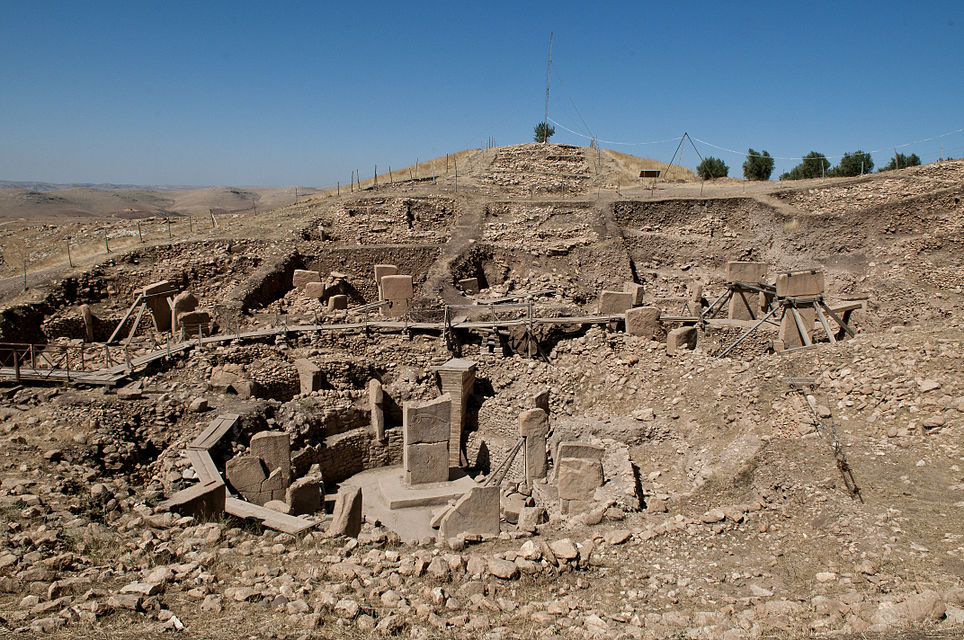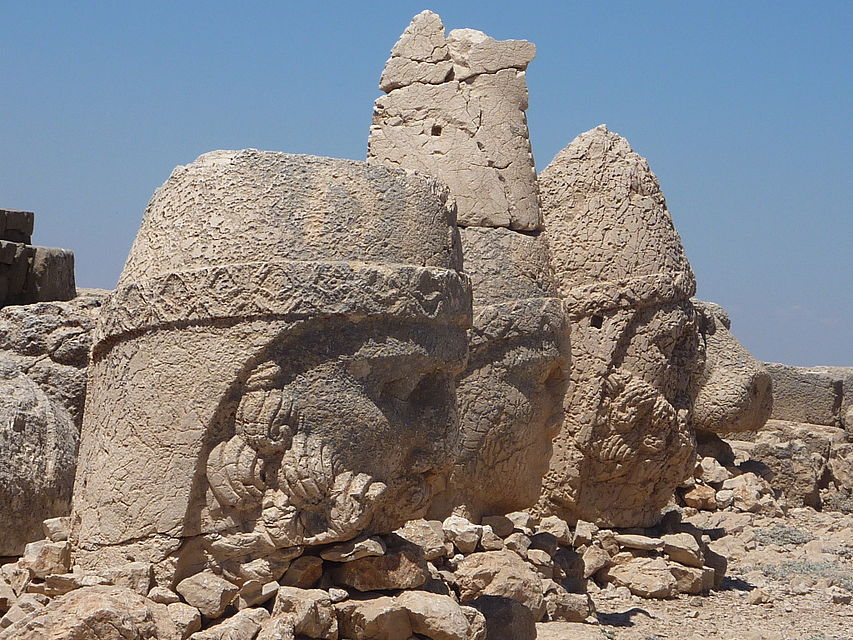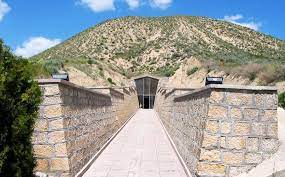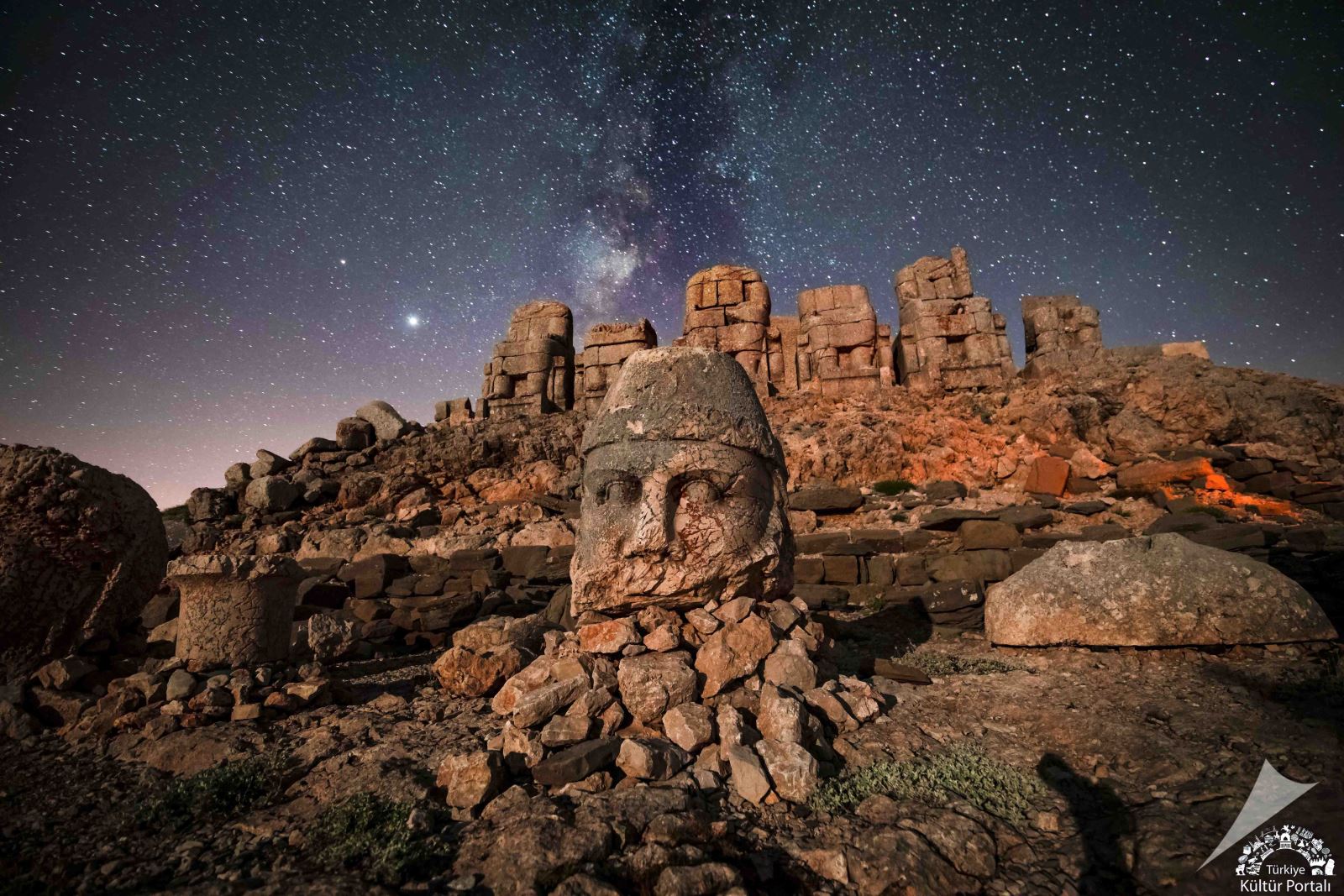By Glenn Maffia
The cultural barometer has changed.
Whereas there was an age where archaeologists excavated and shipped exquisite artefacts from strange far-flung shores for the edification and delight of the primarily, middle-class viewing public of Europe; few of whom, if any, could ever visit those lands, the weather vane has decidedly swung in the opposite direction.
Europe is, rather harshly, now viewed as a thief. One could quite easily perceive these nations as protectors, even rescuers.
Initially, this importation of ancient artefacts practice was considered as educational and enlightening, though it rather ignored the fact that the works of art being shipped were not morally their property. Not that that would have shaken an imperialist’s viewpoint, in their arrogance exuding an air of superiority.

Göbekli Tepe
Though, I do wonder how the people indigenous to the lands of these glorious artefacts would have responded to their removal? Despair, indifference, apathy? I suppose that each sovereign nation, even individual person, reacted in different ways. Their common complaint being that their culture once powerful, great and prosperous, had fallen upon hard times.
Though, it must be stated, that many of these ‘treasures’ were fundamentally maltreated within their places of origin; the burning of marble to produce lime for mortar production, re-use in less than aesthetic building constructions, merely left to rot and decay or, eventually, desecrated due to a change in some religious dogma or another.
Stolen or conquered?
Now living in the modern Republic of Türkiye I often encounter people who get quite agitated with artefacts originating from within this land that now languish in other venues.
“Stolen from Türkiye”, they spit, even though the artefacts may not, certainly not in many instances, have any Turkic origin. So, precisely, what is the difference between stolen and conquered?
Many different peoples have lived within and claimed sections of Anatolia (if I may use that name as a neutral term). Therefore, the cry should be, “Stolen from Anatolian civilizations”.

Mount Nemrut
The Seljuk Turks broke through into Anatolia in 1071, at the Battle of Manzikert , though it wasn’t until 1453 that all of Anatolia became ruled by the Ottoman Turks when Constantinople/İstanbul was wrested from the last remaining Byzantines (descended from the Roman Empire).
It may well be unfortunate for polemics, but surely mere geography alone is not a claim. That must also reside within the production and cultural background of an artefact.
It should be a shared article of historic interest. It belongs to no one. While indeed the Turks do clearly indicate this, never claiming them as their own, but labelling artefacts accurately.
The exciting developments in Eastern Türkiye around the Tepes (Göbeklitepe being most renowned) emphasize this point. Far more ancient than the Pyramids or Stonehenge, no one would conceivably label these mysteries as anyone’s ‘possession’. There is no link to any linear history, the Tepes are beyond time. Beyond ownership.
There is no argument that Türkiye is a veritable museum of human existence stretching back more than 12,500 years…who knows more light shall raise the prospect of an even greater timeframe.
In support of the institutions
Museums are of tremendous importance to our perception of the ancient, and not so ancient, world. A superb environment in which to expand the mind. I would not wish to see them fade from view because of something as transient as ‘political correctness’.

The mound at Gordion, the city where Alexander the Great cut the Gordion Knot, opening up his way to destroy the Persians.
I vehemently believe that museums are a cultural imperative into acquiring knowledge, a place to cogitate and reflect upon our human past. Even an artefact’s journey to it’s now residence is a history story in itself.
Yes, when the museums were first initialized they reflected the ostentatious glory of a Roman Triumph, displaying the spoils of war. These were the new ‘Imperators’ attempting to establish a link with the authority of ancient Greece and Rome, western Europe’s core value.
Though now there is a softening of such presumption and the museums are, indeed, places of learning, without bombast. Indeed, they are crucial conduits of imparting knowledge. Long may they last and be prosperous.
Especially considering that many countries wish only to reacquire artefacts to enhance their tourism prospects, other more fiscal elements barge through the door. Hardly an academic or erudite motivation. Nor conducive in unravelling our shared human past. For we are all a part of this rich tapestry.
